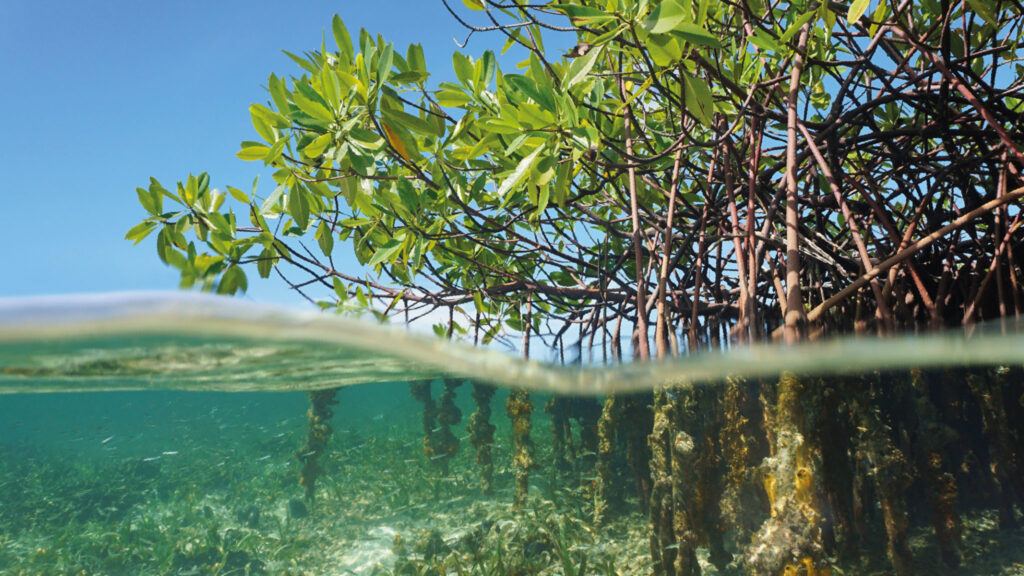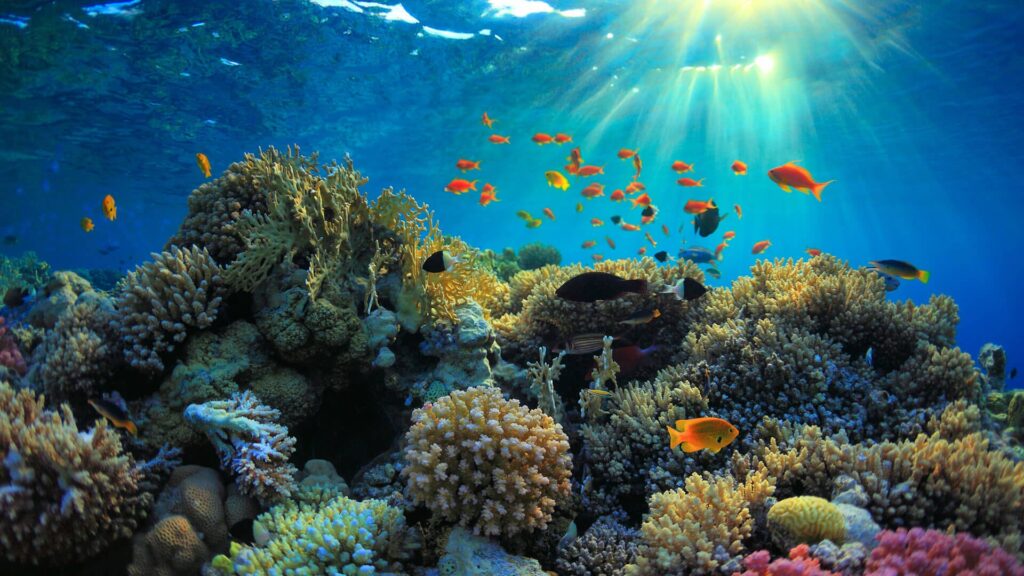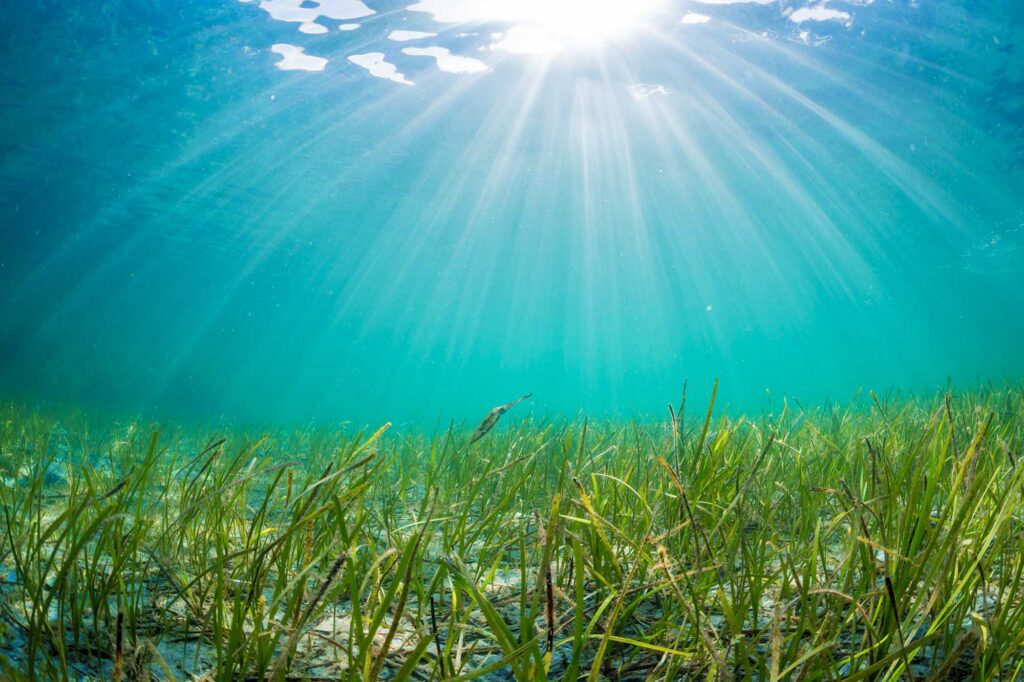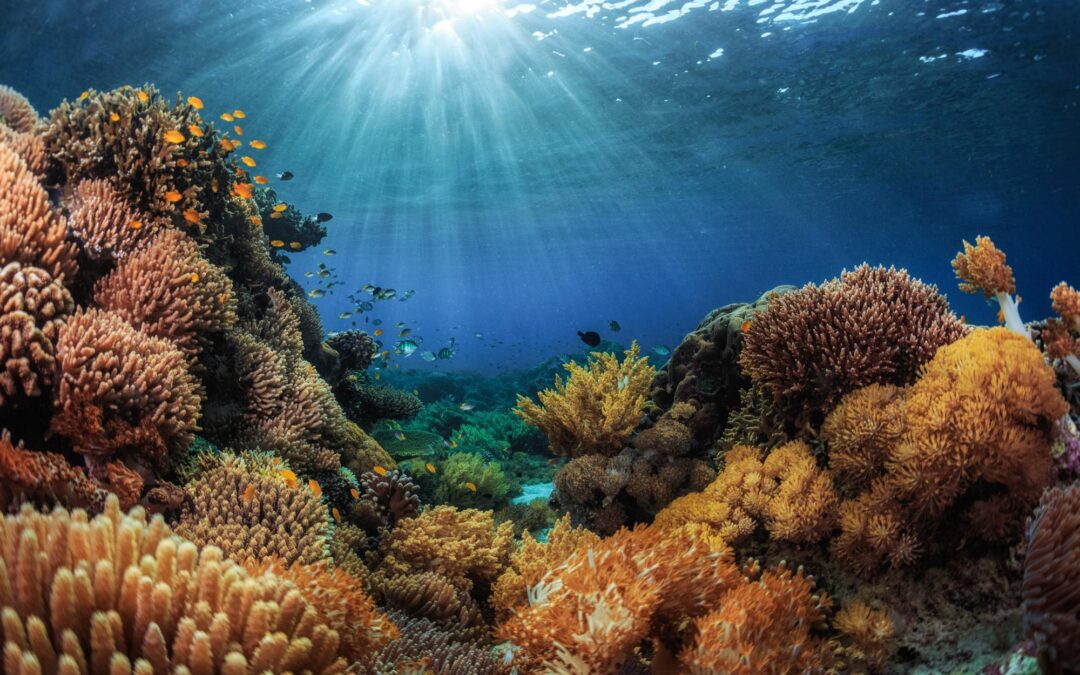Our ocean holds a crucial part of our life. Without realizing it, we put our life in the survival of the ocean. The Ocean has 3 important ecosystem that sustains our life, the mangroves, the coral reefs, and the seagrass. These three ecosystems have their own part of sustaining lives.
The Mangroves

Mangroves are trees and shrubs that live in the coastal intertidal zone. Unlike most trees on land, they can live in salty or saline water. These unique trees provide tremendous benefits to human and other animals. This ecosystem is important to many kinds of fish that use mangrove forests as their nursing place. Many kinds of fishies, such as gobies, sharks, and even crocodiles, they depend on mangrove forests to spend their first days of life. Mangroves also hold a significant part as a carbon absorbers. In 2.6 square kilometers of mangrove forest hold an annual emission of 90,000 cars. Mangrove forests also provide us with shore protection. It minimizes abrasion caused by waves and storms. They also make us safer from the chances of rising sea levels caused by global warming,
The Coral Reefs

The coral reef is an ecosystem built by groups of colonial creatures called coral. These corals are invertebrate animals that symbiose with microscopic algae to grow and build their colony. Even though they are a fragile ecosystem but coral reefs is an essential asset to human and animal life. They are “the rainforest of the sea”; they provide 25% of ocean diversity. They are habitats for many kinds of sea animals, from invertebrates to vertebrates, from snails to sharks. These biodiversities also provide us with sources of food and medical raw materials. This ecosystem is the support for our fishing industries. Without coral reefs, we wouldn’t have fish to catch. Its rich biodiversity also provides beauty and attractions to support education and local tourism, especially in Bali. Besides, the coral reef also gives protection from storms and waves. Just like mangroves, coral reefs also minimalized risks from abrasion.
The Seagrass

The seagrass ecosystem is built by the only plants that can live completely submerged in the saltwater sea. Unlike mangroves and coral, the seagrass ecosystem is the most unpopular. Even though they are unpopular but it doesn’t mean they are unworthy. The seagrass ecosystem also delivers us important assistance in life. They provide habitat, refuge, and feeding areas for many animals, such as crabs, small fishes, and even bigger sea animals like sea turtles, manatees, and dugongs. The seagrass also acts as a waste filter, absorbing nutrients and slowing the flow of water. It captures sand, dirt, and silt particles, which helps improve water clarity and quality. Seagrass roots trap and stabilize sediment, reducing erosion and buffering coastlines against storms.
All images are subject to copyright to their respective owners and not owned by ZeroWaste Center by R.O.L.E. Foundation.


Recent Comments